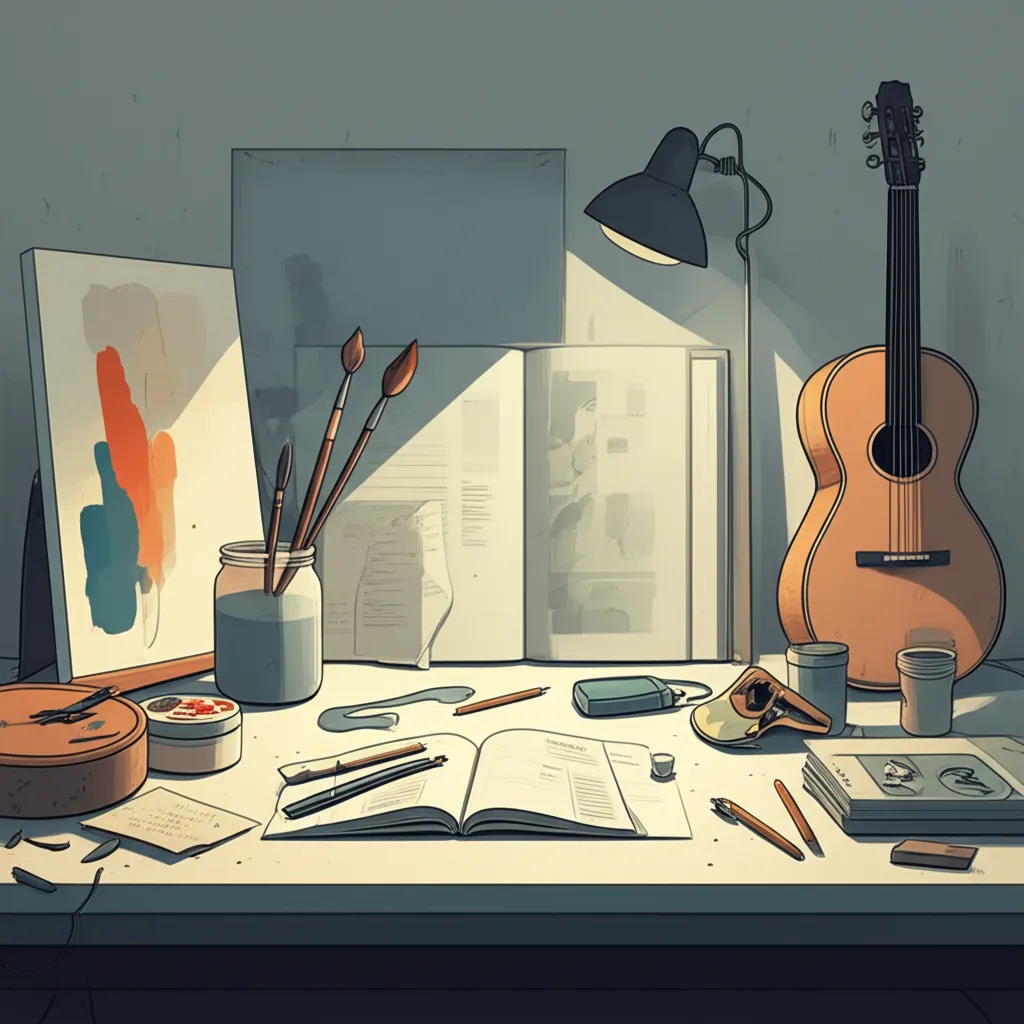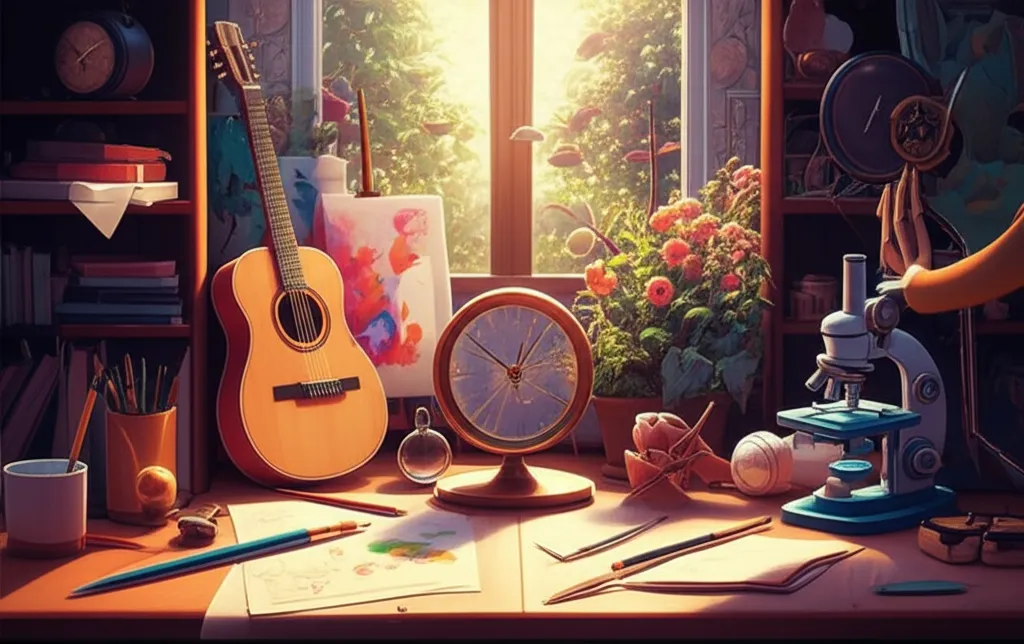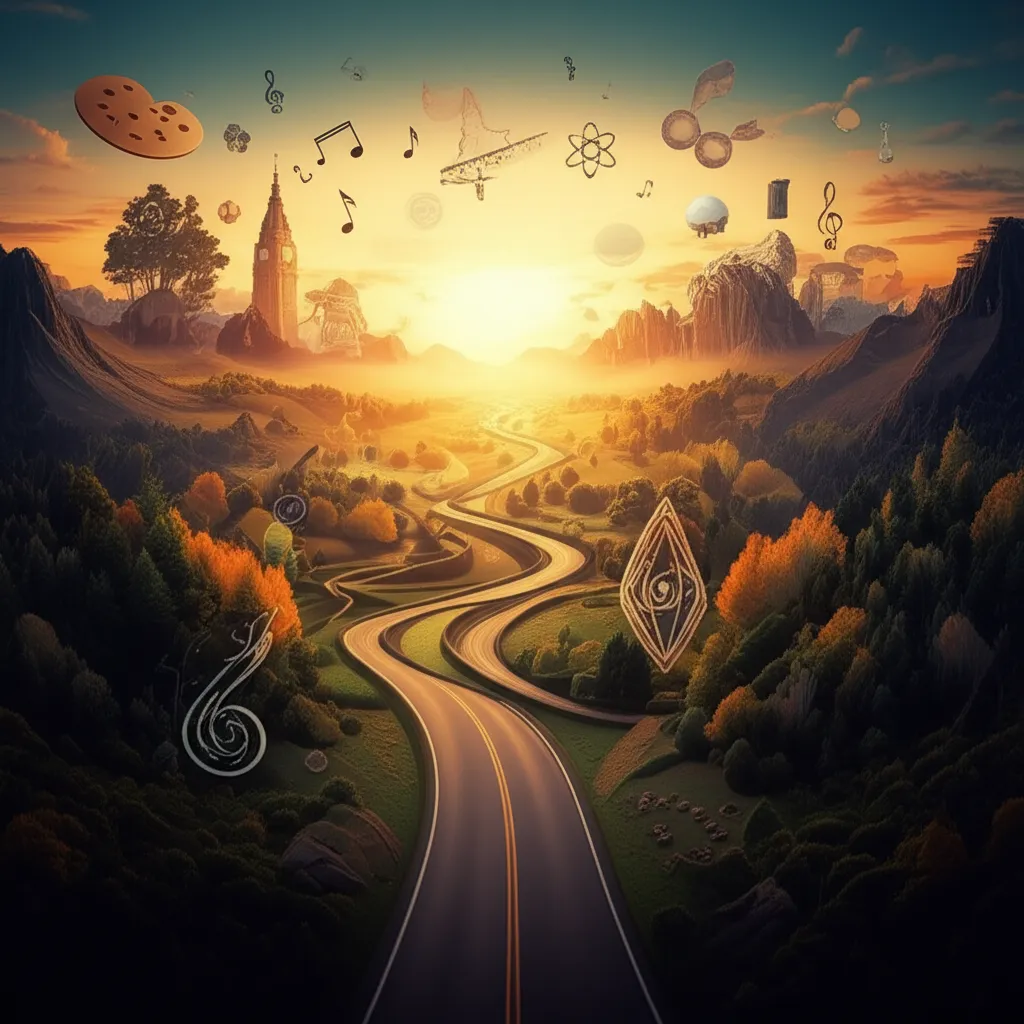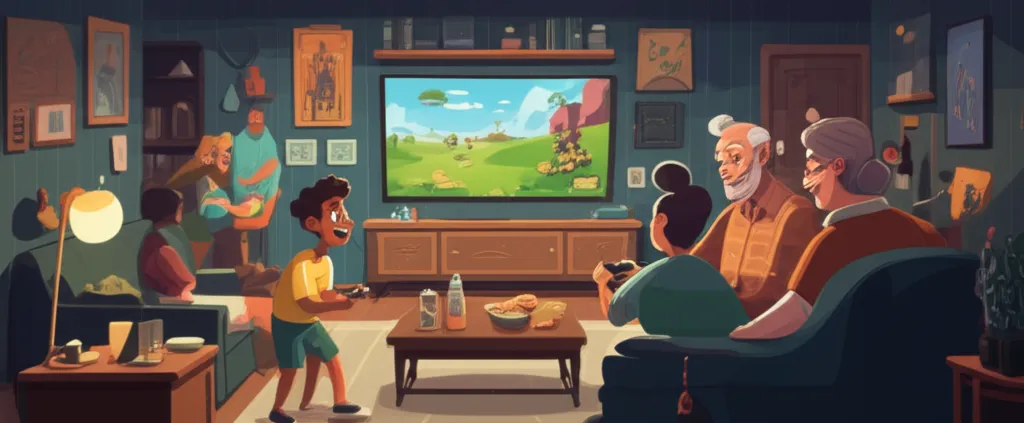Let me confess something: as a teenager, I spent more time bouncing between hobbies than logging focused hours on any one thing. Once, I was certain I’d wasted my shot at greatness. After all, didn’t greatness demand relentless grind from the cradle—hello Tiger Woods! Turns out, maybe there’s magic in dabbling, getting lost, and starting late. Let’s challenge the tyranny of the 10,000 hour rule, and see what real mastery looks like from the muddier, more inspiring side of the path.
Section 1: Deconstructing the Myth—Is the 10,000 Hour Rule Overhyped?
Origins of the 10,000 Hour Rule: What Did Malcolm Gladwell Really Say?
You’ve probably heard it before: to become world-class at anything, you need to put in 10,000 hours of practice. This idea, known as the 10,000 hour rule, was popularized by Malcolm Gladwell in his bestselling book, Outliers. But what did Gladwell really say, and where did this number come from?
Gladwell’s interpretation was inspired by a study of violin students at a music academy in Berlin. Researchers found that the best violinists had accumulated, on average, about 10,000 hours of practice by age twenty. Gladwell took this average and turned it into a rule of thumb for expert performance. But here’s the catch: the original research never claimed 10,000 hours was a magic number, or that it guaranteed mastery for everyone. It was an average, not a threshold.
The 10,000 hour rule myth took off because it’s simple and easy to remember. But the truth is more complicated. The researchers themselves emphasized that how you practice—what they called deliberate practice—mattered more than just the number of hours you put in.
Why Tiger Woods Became the Poster Child (and Why That Story Gets It Wrong for Most of Us)
When you think of the 10,000 hour rule, you might picture Tiger Woods. His story is legendary: his father gave him a putter when he was just seven months old. By age twenty-one, he was the greatest golfer in the world. Woods is often held up as proof that early, intense specialization is the path to greatness.
But here’s what’s often left out. Tiger Woods is an outlier, not the rule. His journey was shaped by a unique mix of early exposure, family support, and an environment perfectly suited to nurturing golf talent. As Gladwell himself notes, “
Golf is the epitome of what the psychologist Robin Hog called a kind learning environment.” In golf, feedback is immediate and clear. The path to improvement is straightforward, which makes it easier to benefit from focused, repetitive practice.
Most fields aren’t like golf. They’re messier, with less obvious feedback and more unpredictable challenges. When you look at other elite performers—like the Polgar sisters in chess, or top violinists—you’ll see that their stories are just as much about opportunity, support, and sometimes lucky accidents as they are about hours logged.
The Missing Nuances: Quality of Practice, Environment, and Lucky Accidents
The critique of the 10,000 hour rule starts with this: not all practice is created equal. The original violin study found that deliberate practice—focused, challenging, and guided by feedback—was what set the best apart. Simply clocking hours, without pushing your limits or learning from mistakes, won’t get you to mastery.
- Quality over quantity: Practicing with intention and feedback matters more than just time spent.
- Environment: Supportive mentors, access to resources, and a “kind” learning setting can make a huge difference.
- Chance and timing: Many top performers benefited from being in the right place at the right time, or having unique opportunities.
It’s also important to remember that the 10,000 hour rule was based on averages. Some people reach high levels with fewer hours; others may need more. Your path doesn’t have to look like Tiger Woods’ or anyone else’s. Multipotentiality—the ability to pursue and excel in multiple fields—shows that there are many roads to mastery, and they don’t all require a single-minded, decade-long focus.
So, when you hear the 10,000 hour rule quoted as gospel, remember: it’s a helpful starting point, not a universal law. What matters most is how you practice, the environment you’re in, and the unique opportunities and challenges you encounter along the way. The real story of expert performance is richer, more varied, and—most importantly—open to everyone, no matter when or how you start.

Section 2: Multipotentiality and Sampling—When Trying Everything Isn’t Losing Time
If you’ve ever felt lost for not having one clear path, you’re not alone. The story of mastery is often told as a straight line: pick a passion early, specialize, and put in your 10,000 hours. But real life, and real greatness, rarely work that way. In fact, broad exploration, cross-disciplinary learning, and sampling different skills can be your greatest advantage. The world’s most remarkable athletes, artists, and thinkers often took nonlinear success paths—proving that trying everything isn’t losing time, but building a foundation for true innovation.
Elite Performers: The Power of Broad Exploration
When researchers track the development of elite athletes, a surprising pattern emerges. The future stars don’t specialize early. Instead, they experience a “sampling period”—dabbling in many sports, picking up broad general skills, and only focusing later than their peers. This approach often leads to higher achievement than early specialization, which can cause others to plateau at lower levels.
- Sampling builds a toolkit: By trying different activities, you gain a wide range of physical and mental skills.
- Late specialization wins: The best athletes often delay focusing on one sport, giving them a richer base to draw from.
This isn’t just true for sports. In music, the same pattern appears. Exceptional musicians don’t outpace their peers in deliberate practice until their third instrument. Even prodigies like Yo-Yo Ma had a sampling period, trying several instruments before finding their true calling. The myth of the child prodigy who specializes early and never looks back simply doesn’t reflect how most masters are made.
Late Bloomers: Nonlinear Paths to Success
Some of the world’s most celebrated creators and thinkers are late bloomers. Their journeys are anything but straightforward, and their stories show that diverse experiences and circuitous routes can lead to extraordinary breakthroughs.
- Vincent Van Gogh: Before becoming a painter, Van Gogh cycled through five different careers. He didn’t pick up a paintbrush until his late twenties, after reading a simple drawing guide. His broad life experience gave his art a depth and emotion that changed the world.
- Maryam Mirzakhani: As a girl, Mirzakhani dreamed of being a novelist, not a mathematician. She only turned to math later, eventually becoming the first—and so far only—woman to win the Fields Medal, the highest honor in mathematics. Her nonlinear journey fueled her creativity and insight.
- Claude Shannon: Known as the “father of information theory,” Shannon was an electrical engineer who took a philosophy course just to fulfill a requirement. There, he discovered a logic system that inspired him to invent binary code, the foundation of all digital computers. His cross-disciplinary learning sparked a revolution.
- Frances Hesselbein: Hesselbein didn’t start her professional career until age 54, later becoming CEO of the Girl Scouts and a global leadership icon. Her diverse life experiences shaped her unique leadership style.
"I think there are as many ways to succeed as there are people."
Sampling and Cross-Disciplinary Learning: The Secret to Innovation
When you allow yourself to explore, to “dabble,” you’re not wasting time—you’re building a unique skill set. Sampling periods yield broad general skills, creative thinking, and the ability to connect ideas across fields. This is the heart of multipotentiality: the power to draw from diverse experiences and see possibilities others miss.
Consider Gunpei Yokoi, the legendary Nintendo engineer. He credited his success to a “lateral thinking with withered technology” approach—using simple, existing tech in creative ways. His background wasn’t in advanced engineering, but in tinkering and exploring many interests. The result? Iconic innovations like the Game Boy.
- Diverse experiences fuel creativity: The more varied your background, the more original your solutions.
- Nonlinear success paths: Late bloomers and multipotentialites often achieve greatness by connecting dots others don’t see.
- Skill development paths are personal: There’s no single route to mastery—your journey can be as unique as you are.
Broad exploration and sampling aren’t detours—they’re the roads less traveled that lead to new worlds. Your zigzag path is not a weakness, but a source of multidimensional expertise and creative power.

Section 3: Kind vs. Wicked Worlds—Why Specialization Isn’t Always the Answer
When you think of mastery, it’s tempting to picture the Tiger Woods story: a child prodigy, laser-focused from an early age, racking up hours of deliberate practice in a single domain. This narrative is dramatic, tidy, and easy to apply to your own ambitions. But what if the Tiger Woods model isn’t the best path for most of us? What if the world you live and work in is far less predictable than a golf course or a chessboard?
Golf and chess are what psychologists call kind learning environments. In these worlds, the rules are clear, the feedback is immediate and accurate, and the next steps are obvious. If you swing a golf club or move a chess piece, you instantly see the result. You know what to practice, and you can improve through repetition and refinement. In these settings, specialization makes sense. The more you focus, the better you get.
But step outside the boundaries of the course or the chessboard, and you’ll find yourself in a very different landscape. Most of life is a wicked learning environment. Here, the rules are fuzzy or constantly shifting. Feedback is delayed, incomplete, or even misleading. The right move isn’t always clear, and sometimes you don’t know if you’re winning or losing until much later. In wicked environments, the skill development benefits of pure specialization start to fade. Instead, adaptability, curiosity, and the ability to connect ideas across domains become your greatest assets.
So what skills count in a wicked world? It’s easy to feel lost when the path isn’t marked, but this is where breadth in greatness shines. Research on technological innovation reveals that the most impactful breakthroughs often come from cross-disciplinary learning and collaboration. Teams that include people with experience in multiple fields—who can merge ideas from different domains—are the ones driving progress. The story of Gunpei Yokoi, the creator of the Game Boy, is a perfect example. He didn’t excel in electronics at school and started out in a low-level job. But by combining knowledge from calculators and credit cards, he transformed Nintendo from a playing card company into a global leader in games. His success wasn’t about early specialization—it was about seeing connections others missed.
This is where the wisdom of physicist Freeman Dyson comes in. He described two kinds of thinkers: “birds,” who soar above and see the big picture, and “frogs,” who dig deep into the details. Dyson said,
“For a healthy ecosystem, we need both birds and frogs.”In the context of skill development, this means the world needs both specialists and generalists. But as our world grows more complex and unpredictable, the value of the “bird”—the integrative generalist who can navigate wicked learning environments—becomes ever more apparent.
Think about Roger Federer, whose developmental story is the opposite of Tiger Woods. Federer dabbled in many sports as a child, switching gears and experimenting before settling on tennis. His path was not a straight line, but it gave him a toolkit of adaptable skills, creative problem-solving, and resilience. In a wicked world, this kind of breadth is not a weakness—it’s a superpower.
The lesson for you is clear: while practice quality and focused effort matter, don’t underestimate the power of cross-disciplinary learning and experimentation. When the world is wicked, the ability to draw from multiple domains, to adapt and synthesize, is what sets you apart. Specialization has its place, especially in kind environments, but it’s not always the answer. The roads less traveled—those that zig and zag, that cross boundaries and blend skills—are the ones that often lead to the most meaningful and lasting mastery.
As you rethink what mastery means in your own life, remember: the world needs both birds and frogs. But in a time of rapid change, it’s the birds—those who embrace breadth, curiosity, and integration—who are best equipped to soar.
TL;DR: Don’t stress if you’re not a child prodigy or haven’t tallied your 10,000 hours. Real expertise unfolds in surprising ways—sometimes via detours, sometimes by merging worlds. Leave space for sampling and meandering: greatness wears many faces.



